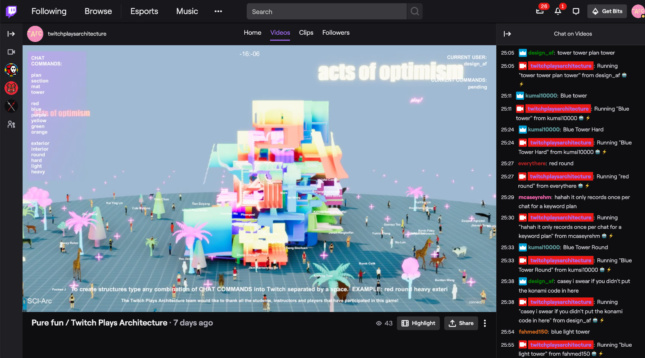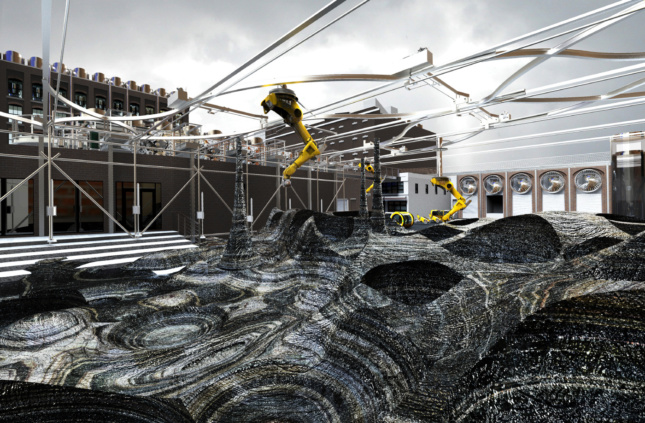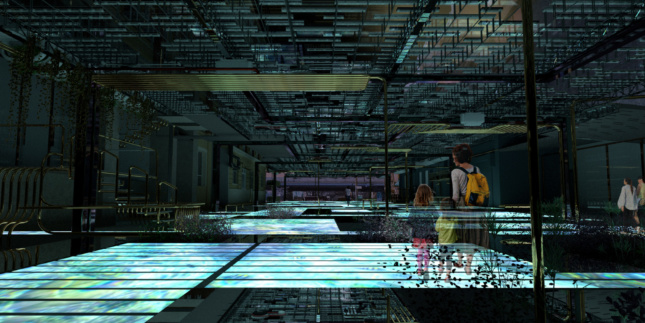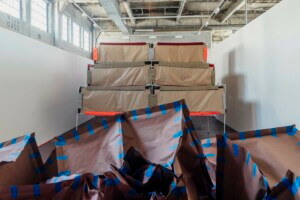This article will run in AN’s June/July issue, which will be published online next week.
As we roll into the summer term, and the novel coronavirus pandemic continues, schools across the United States remain closed for in-person classes. Architecture and design faculties have turned to educating students in a way many schools had previously resisted: online.
AN reached out to a number of universities to find out how they coped with the change, and unsurprisingly, results were mixed. When schools sent their students home mid-semester (often to countries in significantly different time zones), approaches to remote learning hadn’t been standardized. Many faculty were quick to take to the now-ubiquitous video conferencing tool Zoom, using it to hold classes, record lectures, and critique drawings and projects with the built-in screen-sharing function. Digital reviews became the norm.
“Students are fretting that they can’t access the plotters, or robots, or their physical models,” said Winka Dubbeldam, Miller Professor and chair of the architecture department at the University of Pennsylvania Stuart Weitzman School of Design. Dubbeldam said that while the transition went smoothly at Penn, the faculty know it can’t go on forever. This year’s end-of-semester reviews were totally online, as they were at other institutions, but according to Dubbeldam, reviews are job interviews, and it’s much harder to network on a Twitch livestream. (SCI-Arc, perhaps unsurprisingly for such a technology-oriented school, turned its annual Spring Show into a month-long public Twitch exhibition paired with a Zoom dance party.)

Phil Bernstein, lecturer and associate dean at the Yale School of Architecture, said that although faculty are doing their best to accommodate students, they “report having to invest significantly more time and energy to create, teach, and manage courses and student relationships online.”
“I think our students have done remarkably well completing their work,” he added, “but I’m sure the isolation and uncertainty is taking a toll.”
Kyle Miller, associate professor at the Syracuse University School of Architecture (where students used Zoom and Conceptboard, another tool for sharing visuals), agreed. Miller wrote that the less-than-ideal shift to remote learning was balanced by smooth end-of-semester reviews, and that “chat rooms where visual references and web links can be shared in real-time, and the ability to incorporate a more geographically diverse set of critics, are aspects of the virtual review that I suspect we will attempt to maintain after returning to residential instruction.”
Harriet Harris, dean of the Pratt Institute School of Architecture, offered a rosier view: “Our online spring semester has allowed us to take a moment to rethink traditional practices that have gone unchallenged for decades. We’ve long known of the problematic environmental footprint and ethical conflict of the field of architecture’s reliance on physical models and printed drawings, not to mention the cost implications of these forms of production for students from lower-income backgrounds. Subsequently, the pandemic has fuelled a rethink about how we can better operate in a more sustainable—and inclusive—way.”
“We made it work” seemed to be the general consensus. Some professors were adamant that the move to remote learning did not affect the quality of students’ work, while others suggested that their students’ designs were about two weeks behind where they normally would have been at the end of the semester. The biggest common denominator wasn’t a question of whether things would work technically—despite hiccups with missed office hours and software licensing—but whether students were getting the emotional, mental, and financial support they need to weather a global crisis.
At the University of Buffalo Department of Architecture and Planning, Joyce Hwang, associate chair and director of undergraduate and graduate studies, reported that the school has launched an entirely new career advisement system to help shepherd recent graduates through the devastated economy. That included hiring a new career advisement coordinator and reaching out to a network of alumni, both independent practitioners and those working at large firms, to hold workshops and online meetings to take questions from students. Hwang also noted that the school had started a student emergency fund to help relieve some of the financial burdens its students might be facing.

While schools said that the spring 2020 semester went relatively smoothly, some students have had different opinions. A group of Yale School of Architecture students previously published their grievances on AN’s website. Students at both the University of Miami and Cornell’s College of Architecture, Art, and Planning sued their respective schools in April, claiming that they should be reimbursed for the tuition they paid that, in part, was supposed to go toward studio time. More generally, the 688,000 member–strong “Zoom Memes for Self Quaranteens” Facebook page has become a popular place for students to post about how tired, upset, and worried about the future they are.

Now the biggest question on everyone’s mind is, will universities be able to hold classes in person for the 2020–2021 academic year?
“This semester only went well because half of it was in person,” said Dubbeldam, noting that Penn wouldn’t follow the European model that forsakes shared lectures and studio time. Penn is preparing contingency plans to ensure fall semester will take place in person in some form or another, including the possibility of moving the first day of classes back from September 1 to October 1 if the risk of meeting in person remains too high.
Yale is following what scant federal guidelines for reopening have been provided, while Syracuse, Harvard, and a number of other schools are still studying whether they will reopen in person, delay classes, or hold the fall semester partly on campus and partly digitally. Buffalo is a state school, and its reopening depends on the decisions of New York’s governor, Andrew Cuomo. Pratt hasn’t announced it’s reopening plans yet either. Administrators at all of the schools AN contacted emphasized the importance of educating students in person, and especially how vital it is that students exchange ideas freely without being stuck behind a screen. But with the COVID-19 crisis still raging, administrators might not have much of a say in whether and when campuses can fully return to normal. Cambridge University has already thrown in the towel and announced all of its lectures will be online-only until the summer of 2021.











